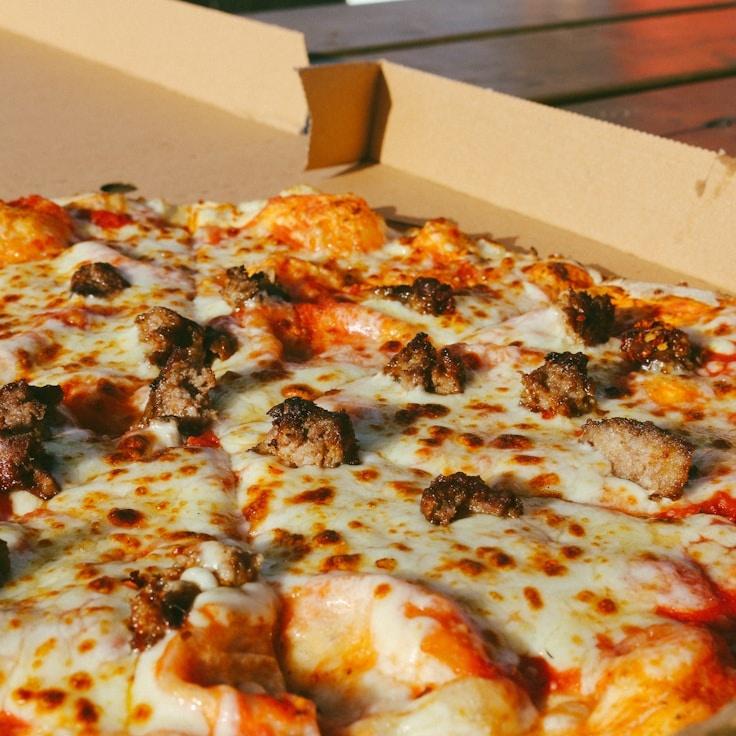At Crust & Crumble Pizzeria, we hold the conviction that extraordinary pizza begins with exceptional dough. With over thirty years of refining our mix, we are thrilled to unveil key strategies at your disposal. Though our exclusive recipe remains confidential, these tips can guide you in crafting gourmet pizza dough right in your kitchen.
Choosing the Right Flour
The base of incredible pizza dough lies in the use of superior flour. 00 flour, a finely milled Italian variety with a moderate protein level of about 12%, is our suggestion for achieving an optimal mix of strength and suppleness. In the absence of 00 flour, a viable alternative is bread flour, which will render a somewhat altered texture.
Managing Water Temperature and Dough Moisture
Your water's temperature is pivotal for dough maturity and yeast activity. Utilize chilled water around 45°F (7°C) for a protracted fermentation that enhances taste. Conversely, tepid water near 85°F (29°C) accelerates the process. Aim for a dough moisture content between 60-70% to suit most domestic ovens.
Yeasting Your Dough Thoughtfully
A critical element to achieving delectably flavored dough is to use a minimal amount of yeast and invest time for the dough to ferment. Our procedure involves a mere 0.2% of fresh yeast compared to the weight of the flour, allowing for a 24-48 hour fermentation. Such an unhurried approach cultivates a deeply flavorful profile, as well as a digestibility factor.
Understanding the Role of Salt
Beyond adding savor to your dough, salt fortifies the gluten network and moderates the fermentation pace. We recommend fine sea salt at a proportion of 2.5-3% to your flour's weight. Introduce it after your mix of flour and water has just begun to integrate, keeping it from directly interacting with the yeast.
The Craft of Fermenting
Post-mixing, your dough should undergo a primary fermentation at ambient temperature for two hours, then separate it into individual portions. Encase these portions in lidded vessels and refrigerate for a period spanning 24-72 hours. It's within this cold fermentation span that transformative enzymatic activity occurs, augmenting flavor and achieving that characteristic browning on our crusts.
Handling with Consideration
When the time arrives to bake, liberate your dough from the cool confines of the refrigerator 1-2 hours in advance to reach a moderate temperature. Treat the dough with delicacy to maintain the intricate network of air bubbles. Rather than rolling, which may deflate those bubbles, employ your fingertips to gently press and shape your dough.
Applying the Finishing Thermal Element
Our wood-burning ovens soar to heights of 850°F (454°C), however, a home oven typically tops off at approximately 550°F (288°C). To replicate such high heat, utilize a preheated pizza stone or steel for an hour or longer, emulating the acute underside heat needed to produce a crispy crust coupled with a fluffy core.
Perfecting pizza dough represents an evolutionary learning curve where every attempt teaches a novel aspect of the craft. Document your findings, tinker with the parameters, and unearth methods that compliment the idiosyncrasies of your domestic culinary space.
For an immersive experience in our dough crafting method, we invite you to attend one of the monthly pizza-making classes hosted by Chef Giuliano, wherein he'll showcase these techniques with finer detail. Visit our events calendar for upcoming sessions!

